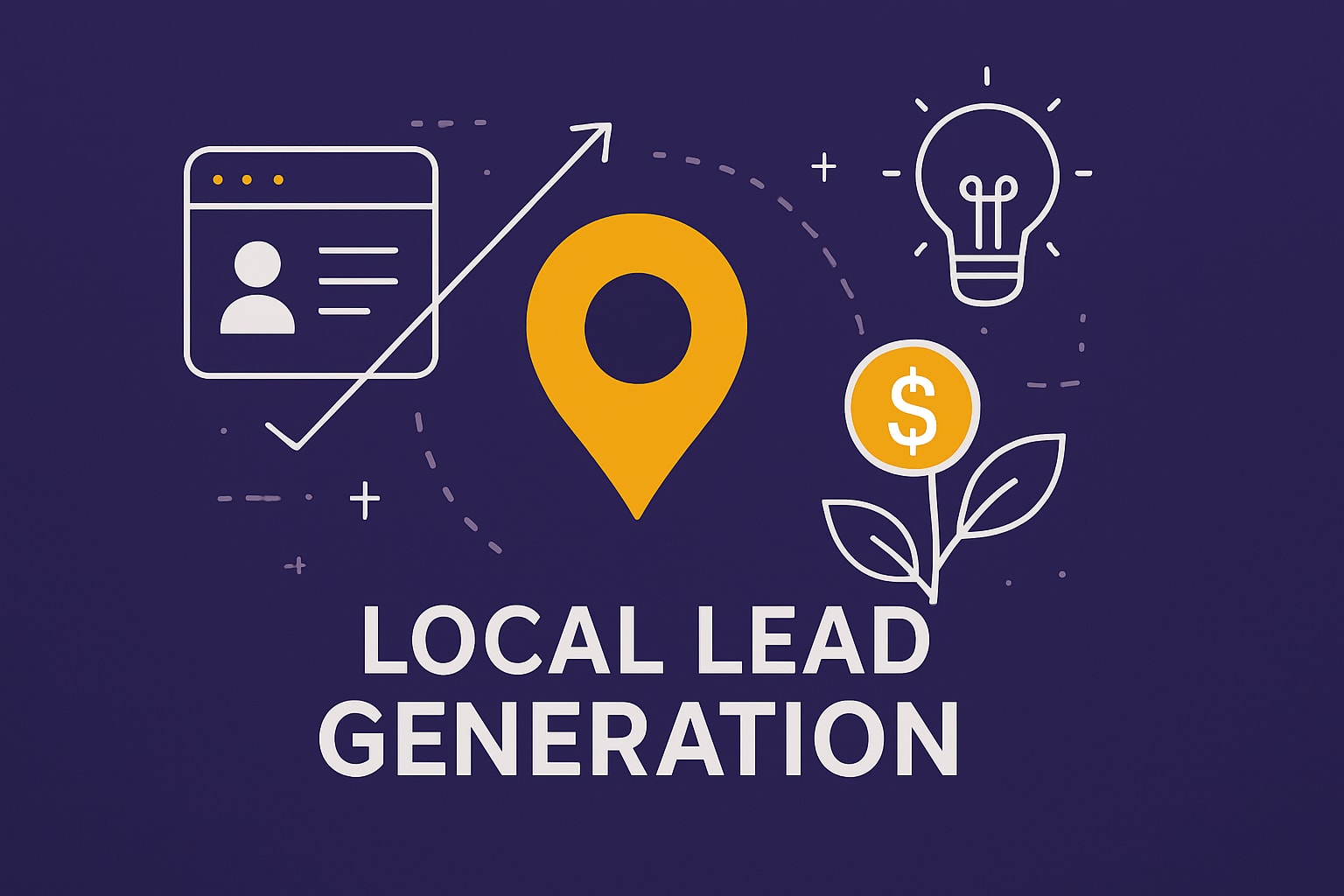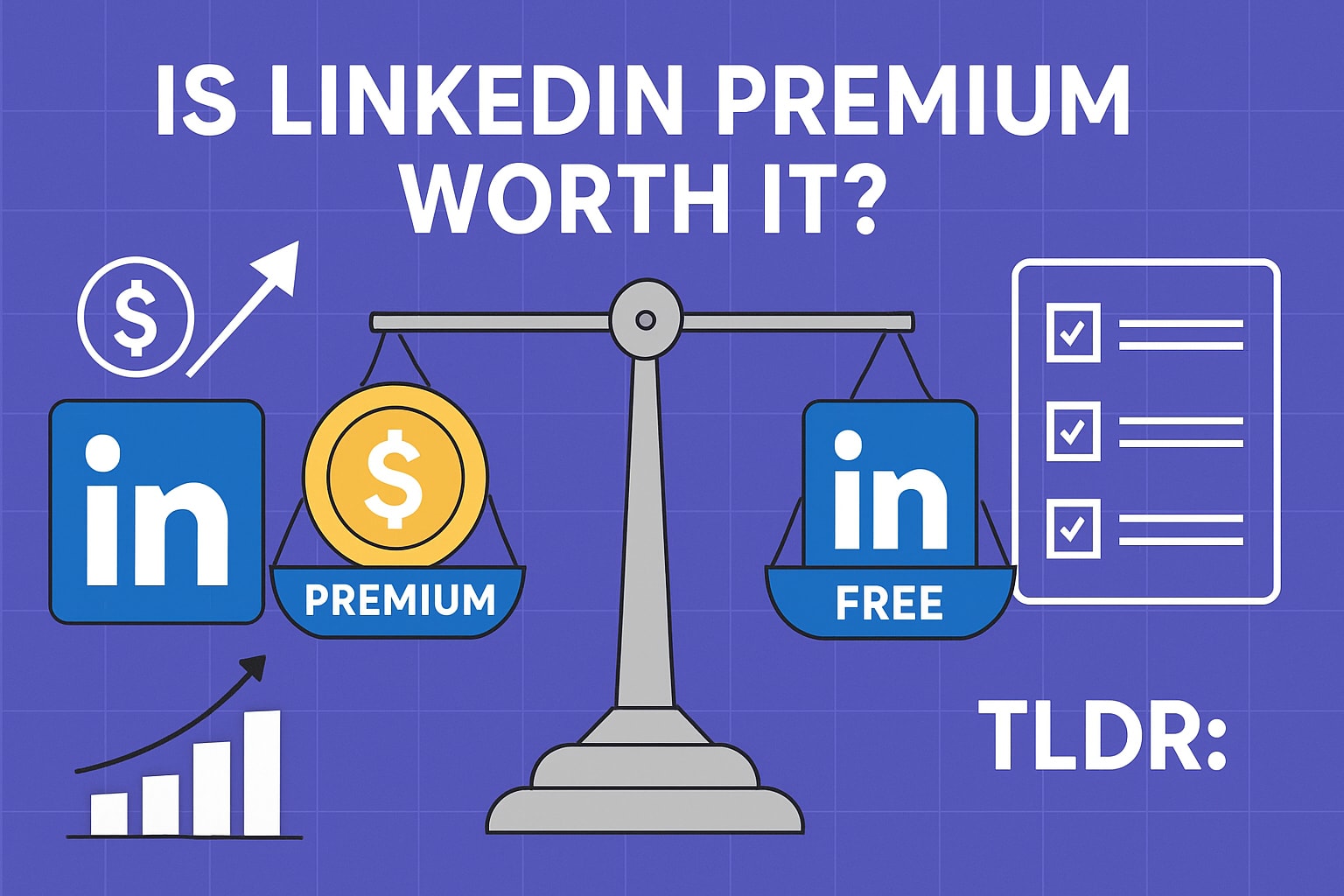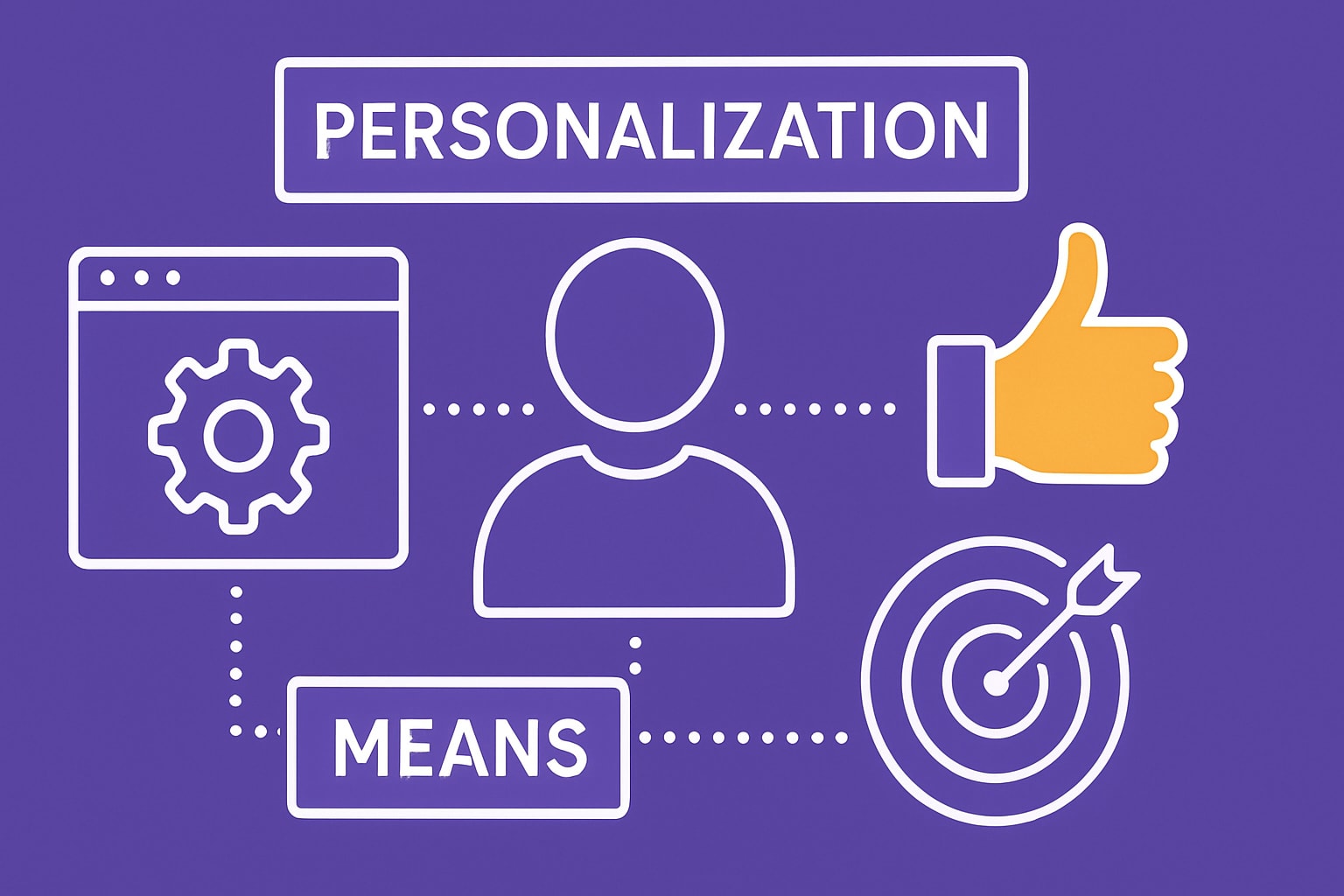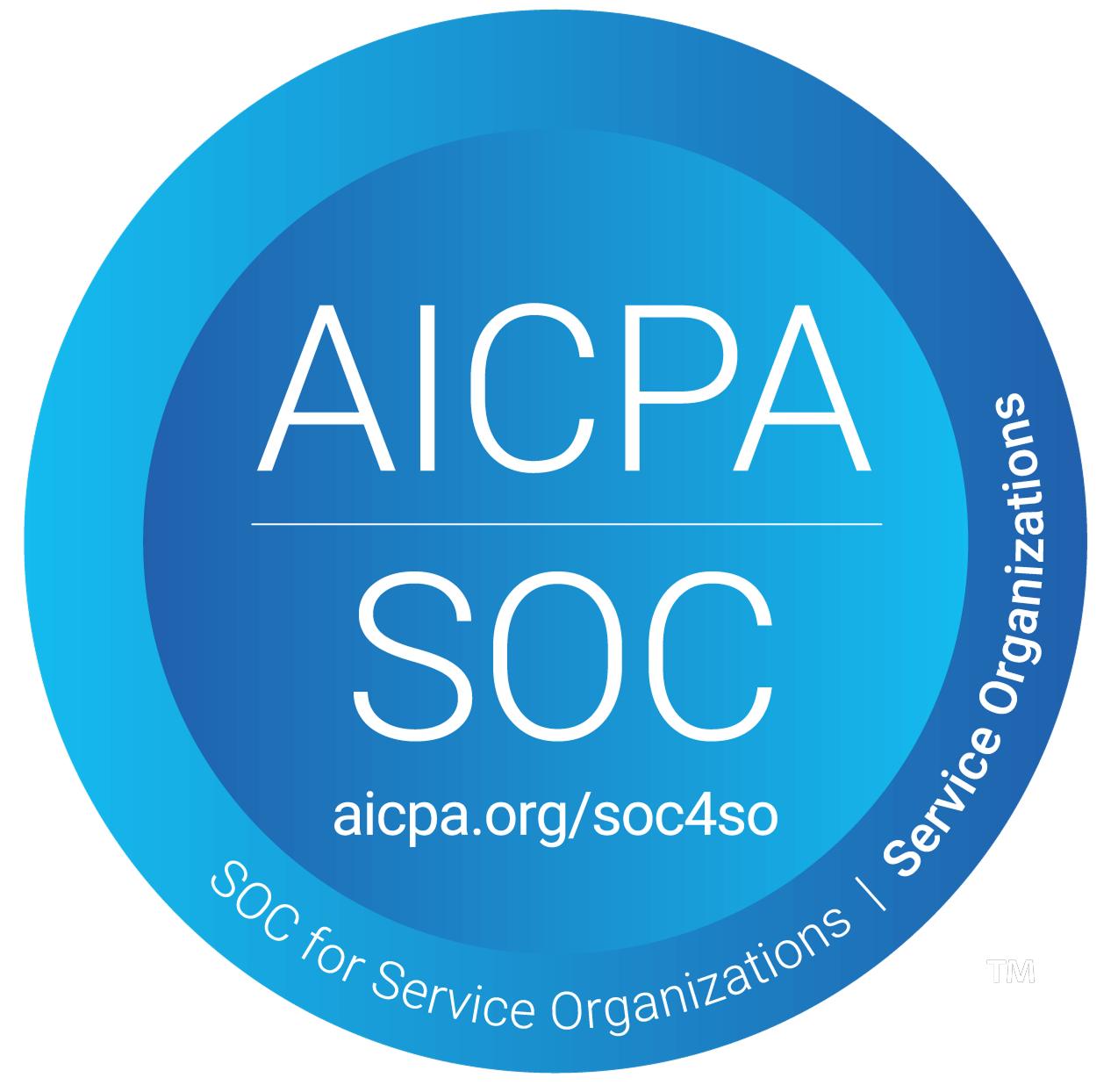The world of the level executive is changing at a pace never seen before. In 2025, agility, foresight, and innovation will set true leaders apart.
This guide equips every level executive with expert insights and proven strategies to stay ahead. You will discover the latest roles, critical skills, and trends shaping tomorrow’s executive landscape.
Expect a clear breakdown of compensation shifts and actionable steps for ongoing career success. Each section is designed to help you lead confidently into the future.
Now is the time to get ready. The future belongs to those who adapt, and this guide will show you how.
The Changing Role of Level Executives in 2025
The role of the level executive is undergoing a dramatic transformation. As organizations prepare for 2025, expectations for top leaders are shifting, demanding new skills, broader vision, and a deeper commitment to innovation and accountability.

Evolving Executive Responsibilities
In recent years, the level executive has moved beyond traditional departmental oversight. Today’s leaders are expected to break down silos, overseeing strategy across the entire organization. Their responsibilities now span digital transformation, innovation, and creating resilient business models.
Level executive roles increasingly demand direct involvement in technology adoption. In fact, 72% of executives surveyed in 2024 named digital leadership as their top priority. This means guiding AI integration, automation initiatives, and cybersecurity efforts, all while keeping the company agile amid constant change.
Stakeholder engagement is another critical focus. The level executive must connect with employees, investors, and communities, often leading sustainability and DEI initiatives. CEOs are now public champions for these causes—no longer optional, but core to a company’s reputation and performance. For a deeper dive into these evolving leadership demands, see the Top 5 Leadership Trends of 2025.
The modern level executive is both a visionary and an operational leader. They must anticipate industry shifts, inspire teams, and translate bold ideas into real-world results.
New Expectations from Boards and Stakeholders
Boards and stakeholders are raising the bar for every level executive. Today’s boards expect clear, measurable impact on ESG (Environmental, Social, Governance) metrics. This means leaders must drive sustainability, ethical governance, and social responsibility throughout the business.
Transparency has become non-negotiable. Stakeholders want open communication and ethical decision-making, especially as social media and real-time news cycles amplify scrutiny. A single executive decision, such as setting remote work policies, can quickly affect brand reputation and employee trust.
The level executive must now balance short-term results with long-term value creation. This involves aligning business strategies with social good, fostering trust, and demonstrating integrity at every turn. The pressure is on to deliver outcomes that satisfy both shareholders and the broader community.
Navigating Regulatory and Compliance Changes
Looking ahead to 2025, regulatory expectations will only intensify. The level executive must monitor new rules in data privacy, AI ethics, and global trade. Staying compliant is not just about avoiding penalties, but protecting the organization’s future.
Proactive compliance strategies are essential. For example, regulatory shifts in 2024 forced many companies to rethink their executive compensation structures, linking bonuses to ESG and other non-financial indicators. Leaders who anticipate these changes can minimize risk and maintain stability.
Ultimately, the level executive must stay ahead of policy trends, adapting quickly as the regulatory landscape evolves. By monitoring developments and building flexible strategies, they protect both the company and its stakeholders.
Essential Skills and Competencies for Executive Success
Success for any level executive in 2025 will hinge on mastering a new set of critical skills and mindsets. The pace of change is accelerating, and only those prepared to adapt will thrive. Today’s leaders must be agile, digitally fluent, resilient, and committed to building inclusive cultures. Let’s explore the core competencies that every level executive needs to stay ahead.
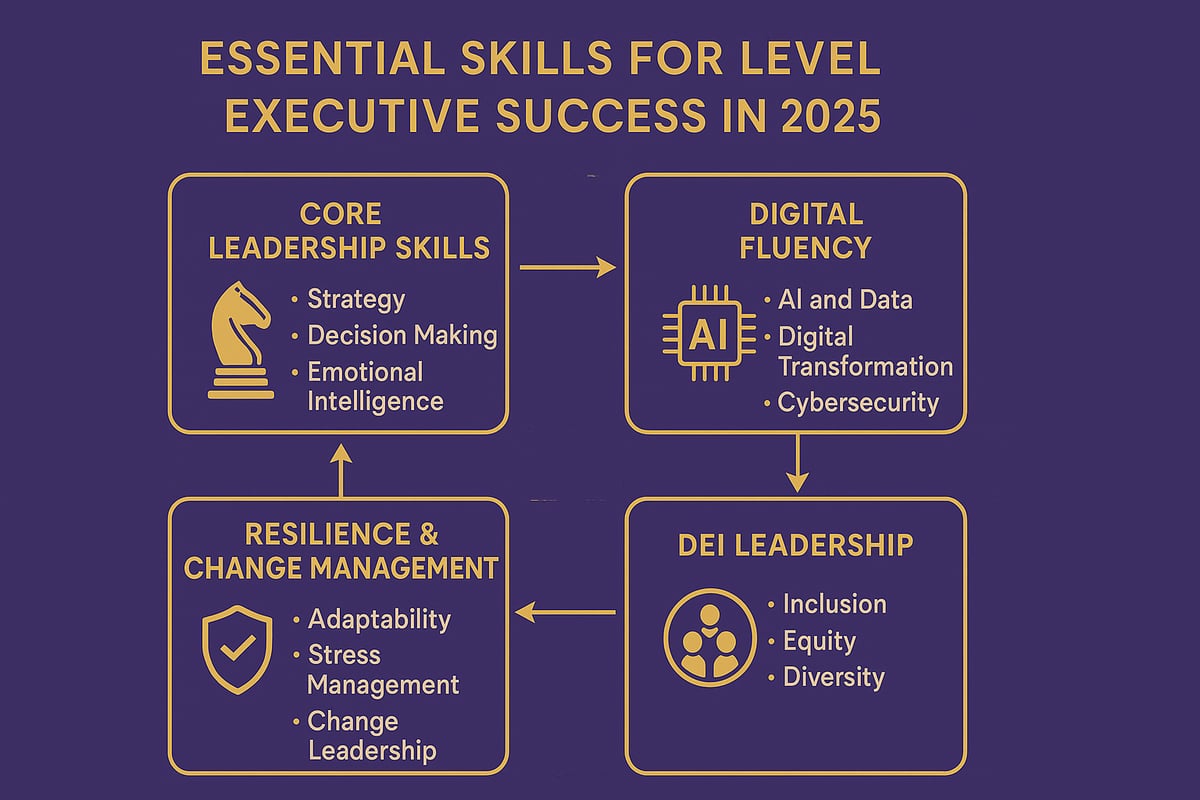
Core Leadership Skills Required in 2025
The role of a level executive is evolving. Strategic agility is now a must, enabling leaders to pivot as markets and industries shift. Advanced decision-making, powered by real-time data and AI insights, separates high performers from the rest. Emotional intelligence is essential for leading diverse, hybrid teams and navigating high-stakes conflict.
Consider this table that summarizes key leadership skills and their rising importance:
| Skill | Importance in 2025 |
|---|---|
| Strategic Agility | Critical |
| Data-Driven Decision Making | Essential |
| Emotional Intelligence | High |
| Conflict Management | High |
Leading cross-functional teams across continents is now the norm, not the exception. According to the Global Leadership Forecast 2025, organizations are prioritizing these skills to future-proof their leadership pipelines. Every level executive needs to embody both vision and operational excellence.
Digital Fluency and Technology Leadership
Digital fluency is no longer optional for a level executive. Leaders must understand the fundamentals of AI, automation, and cybersecurity to drive effective digital transformation. This goes beyond basic tech literacy; it’s about leveraging technology to unlock new value and competitive advantage.
Continuous learning is key. Executives are expected to upskill constantly, staying ahead of emerging trends. Collaboration between CTOs and CIOs on transformation roadmaps is now standard practice. In 2024, 68% of companies reported prioritizing digital skills in their executive hiring. For every level executive, digital leadership is a defining factor for success.
Change Management and Resilience
Volatility and uncertainty are the new normal. A level executive must excel at leading organizations through disruption. This requires not just managing change, but building resilient cultures that embrace it. Leaders who guided their companies through the 2024 supply chain crises demonstrated the importance of preparedness and flexibility.
Key traits for resilience include:
- Proactive scenario planning
- Transparent communication
- Empowering teams to innovate
Resilience is now a core competency for any level executive, enabling organizations to adapt quickly and emerge stronger from challenges.
Diversity, Equity, and Inclusion (DEI) as a Leadership Imperative
DEI is no longer a checkbox; it’s a leadership imperative at the level executive tier. Champions of DEI drive higher performance, innovation, and employee engagement. The business case is clear: companies with diverse C-suites outperformed their peers by 25% in 2024, according to a McKinsey report.
Key ways level executive leaders can advance DEI:
- Integrate DEI metrics into performance evaluations
- Foster inclusive cultures at every level
- Ensure diverse representation in succession pipelines
For every level executive, DEI is now a key measure of leadership effectiveness and organizational health.
Executive Compensation, Benefits, and Career Progression Trends
The landscape for level executive compensation and career growth is undergoing a major transformation. As expectations rise and new challenges appear, organizations are redefining what it means to reward and support top leaders.
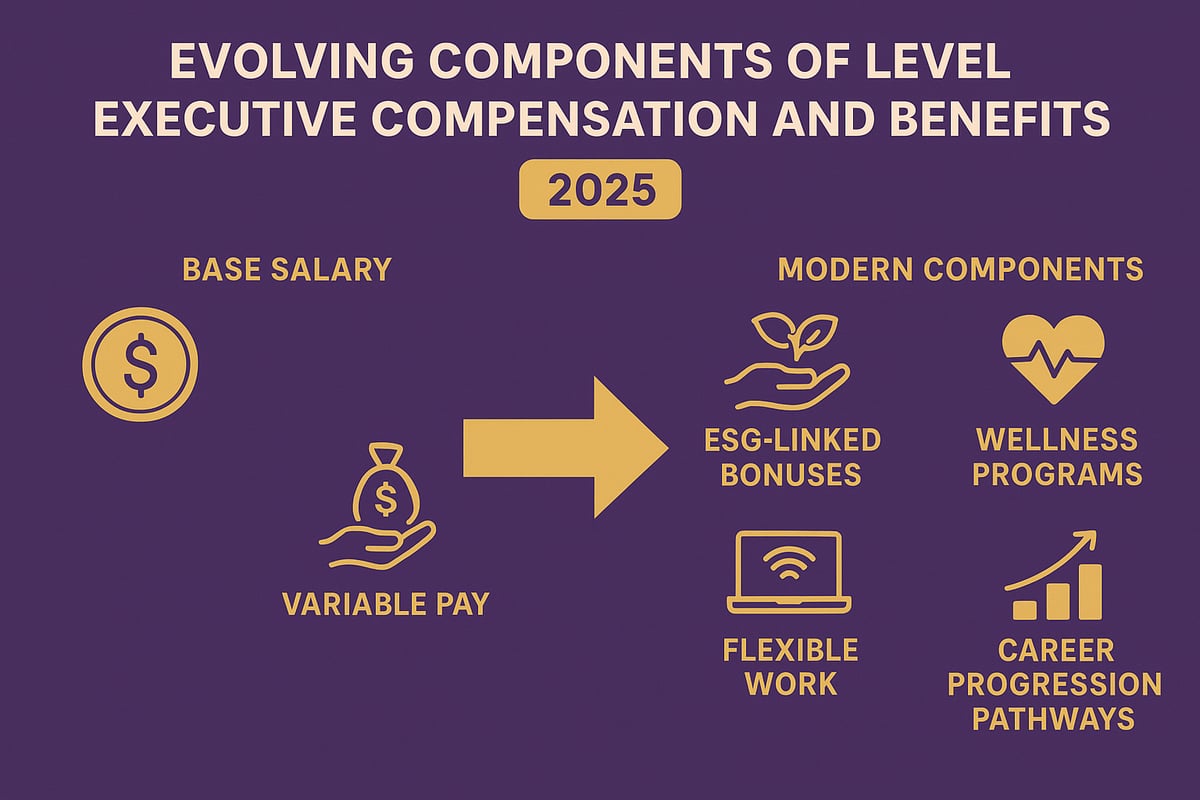
Shifts in Executive Compensation for 2025
Compensation for level executive roles has moved beyond static salaries. In 2025, organizations are prioritizing variable pay, performance-based incentives, and ESG-linked bonuses.
For instance, many Fortune 500 firms now tie senior executive bonuses to sustainability and social impact goals. A recent industry report found that 54% of companies connect executive pay to non-financial KPIs. This shift reflects a broader trend toward accountability and long-term value creation.
To see how these trends play out globally, explore the Route to the Top 2025: Explore global CEO backgrounds and trends for detailed data on pay tables and executive progression.
Benefits and Perks that Matter Most
Benefits for level executive leaders now extend far beyond traditional perks. Wellness programs, mental health support, and flexible work arrangements are gaining traction.
Many organizations are personalizing benefits to attract and retain top talent. Equity-based compensation, executive sabbaticals, and comprehensive wellness packages are becoming standard for level executive positions.
This focus on holistic well-being reflects a recognition that high-performing leaders require support both inside and outside the boardroom. As a result, executive benefits are more tailored than ever.
Career Progression and Succession Planning
Career progression for level executive professionals hinges on robust succession planning. Companies are investing in leadership pipelines and structured development programs to ensure organizational stability.
Internal appointments are increasingly favored for continuity, yet external hires remain important for injecting fresh perspectives. High-profile CEO transitions in 2024 highlighted the impact of careful succession on company performance.
Career development resources and mentorship programs are now key elements in preparing the next generation of level executive talent to lead in a shifting marketplace.
Navigating Executive Transitions
Smooth transitions at the level executive tier are crucial for business continuity. Strategic onboarding processes set new leaders up for success, while thoughtful offboarding preserves organizational knowledge.
Common pitfalls include unclear role definitions and insufficient stakeholder engagement. Lessons learned from recent transitions show that clear communication and support networks are essential.
By fostering seamless transitions, organizations can reduce risk and accelerate the impact of each level executive leader from day one.
Emerging Trends Shaping the Executive Landscape in 2025
The business environment is evolving quickly, and every level executive must stay ahead of emerging trends to remain effective. In 2025, the forces shaping executive leadership are more dynamic and interconnected than ever.
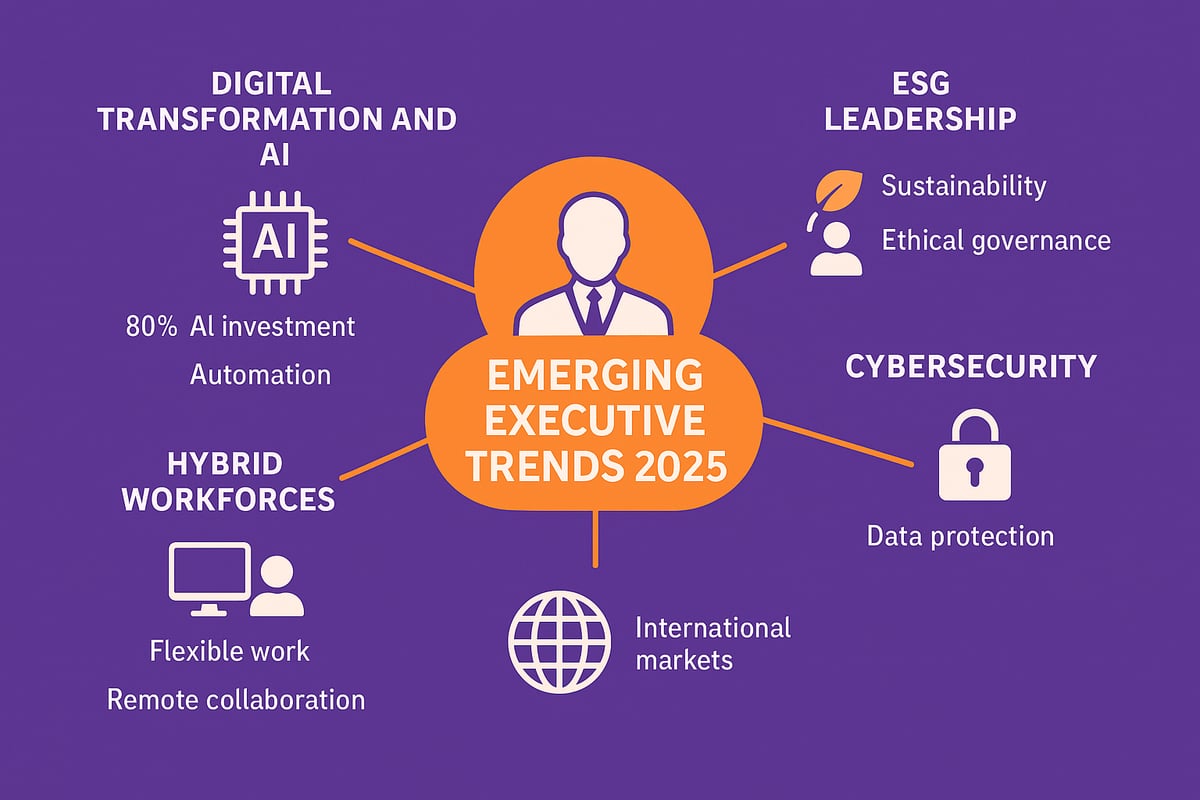
Digital Transformation and AI Adoption
Digital transformation is now fundamental for every level executive. The rapid evolution of AI, automation, and big data is redefining how decisions are made in the C-suite. In 2025, leaders are expected not just to understand these technologies but to champion their integration into core business strategies.
AI-driven forecasting tools, for example, are helping executives anticipate market shifts and allocate resources more effectively. According to recent studies, 80% of C-level leaders plan to increase AI investment in 2025. For a deeper dive into how these trends are unfolding, review the Top 10 Leadership Trends for 2025.
Success now hinges on a level executive's ability to lead digital innovation while managing risks and opportunities.
Sustainability and ESG Leadership
Sustainability and Environmental, Social, and Governance (ESG) criteria have become central to level executive strategy. Investors, regulators, and consumers are demanding more accountability and transparency. The rise of the Chief Green Officer (CGO) role highlights this shift.
Executives are now measured by their ability to deliver ESG outcomes alongside financial performance. Regulatory pressures and stakeholder expectations are driving companies to embed sustainability into their DNA. Those who excel at ESG leadership set their organizations apart in a crowded marketplace.
A level executive who prioritizes ESG not only secures compliance but also builds long-term brand value.
Remote and Hybrid Workforces
The normalization of hybrid work is reshaping the level executive's approach to leadership. Executives are managing distributed teams across continents, requiring new strategies to maintain culture and productivity.
Effective communication, digital collaboration tools, and flexible policies are essential. Data from 2024 shows 60% of executives oversee teams in multiple time zones. Engaging remote employees, fostering inclusion, and ensuring alignment are now permanent priorities.
A level executive must adapt to this new reality, balancing flexibility with accountability to drive results.
Cybersecurity and Risk Management
Cybersecurity has become a top priority for every level executive. As digital operations expand, so do threats. The Chief Information Security Officer (CISO) is now a critical member of the C-suite, leading risk mitigation efforts.
Executives must integrate cybersecurity into overall business strategy, not just IT. This includes regular risk assessments, employee training, and crisis response planning. High-profile breaches in recent years underscore the importance of proactive leadership.
A vigilant level executive ensures organizational resilience and protects company assets.
Globalization and Cross-Border Leadership
Globalization presents both opportunities and challenges for the level executive. Navigating geopolitical risks, regulatory complexities, and cultural differences is essential for success in 2025.
Executives are increasingly managing operations in emerging markets, requiring cultural intelligence and a global mindset. Cross-border leadership demands adaptability, strong communication, and a deep understanding of local contexts.
A level executive who thrives globally can unlock new growth and lead their organization confidently on the world stage.
Step-by-Step Guide: How Executives Can Prepare for 2025 Success
Preparing for 2025 requires every level executive to embrace a proactive, strategic approach. The following step-by-step guide is designed to help you future-proof your leadership, build resilience, and drive sustained success in an evolving business landscape.
Step 1: Conduct a Comprehensive Skills Audit
Start by evaluating your current leadership and technical capabilities. A level executive should leverage tools like 360-degree feedback and peer reviews to gain a holistic view of strengths and development areas.
List your existing competencies and compare them with the skills demanded in 2025, especially digital, strategic, and interpersonal abilities. Identify gaps that could hinder your impact as a level executive. Use this audit to set targeted development goals and ensure you remain competitive in a rapidly changing environment.
Step 2: Build a Future-Ready Executive Team
No level executive excels in isolation. Prioritize recruiting and cultivating leaders with diverse perspectives, technical expertise, and adaptive mindsets. Succession planning is critical—develop a robust pipeline by promoting high-potential internal talent and ensuring seamless leadership transitions.
Consider assembling cross-functional teams that can respond quickly to new challenges. By building a future-ready executive team, you strengthen organizational stability and position your company for long-term growth.
Step 3: Embrace Continuous Learning and Development
A successful level executive must commit to ongoing education. Invest in executive programs, leadership coaching, and peer networking to stay ahead of industry trends and regulatory shifts.
Continuous upskilling is vital, especially in digital transformation and AI-driven decision-making. Learn how AI is reshaping executive roles and sales performance by exploring resources like Harnessing AI in executive sales. Staying informed empowers you to lead with confidence and innovation.
Step 4: Strengthen Stakeholder Relationships
Effective communication is a non-negotiable skill for any level executive. Foster transparent, regular dialogue with boards, investors, employees, and external stakeholders. Organize quarterly town halls, open forums, and feedback sessions to build trust and alignment.
Consider reviewing Executive outbound strategies to enhance your outreach and engagement approaches. Strong relationships help a level executive navigate public scrutiny, reinforce brand reputation, and drive organizational buy-in.
Step 5: Integrate ESG and Digital Initiatives into Strategy
A forward-thinking level executive sets clear goals for ESG and digital transformation. Tie executive incentives to the achievement of sustainability and innovation milestones. Collaborate across departments to align business objectives with long-term value creation.
Monitor regulatory developments and market expectations. By integrating ESG and digital priorities into your core strategy, you reinforce your company’s competitive edge and fulfill stakeholder demands.
Step 6: Monitor and Adapt to Market Changes
Finally, a level executive must remain agile and responsive. Use real-time data, scenario planning, and market intelligence to anticipate shifts and mitigate risks.
Be prepared to pivot strategies quickly in response to new regulations or emerging opportunities. Rapid adaptation sets top-performing leaders apart and ensures resilience in an unpredictable business environment.
The Future of Executive Leadership: Key Takeaways and Predictions
The future for every level executive is transforming rapidly, and 2025 will usher in unprecedented change. Today’s leaders must embrace new roles, champion human-centric initiatives, leverage data, and maintain agility. Here are the top predictions and takeaways shaping the future of executive leadership.
The Expanding C-Suite: New Roles and Specializations
The C-suite is evolving, with new roles emerging to address complex business demands. Companies are adding Chief Green Officer, Chief Diversity Officer, Chief Data Officer, and Chief AI Officer positions. This shift signals a broader strategic focus for any level executive, who must now oversee areas like sustainability and digital transformation alongside traditional responsibilities.
For example, many organizations now have a Chief AI Officer to guide technology adoption. These new roles reflect the need for a level executive to be both a visionary leader and a hands-on strategist.
The Rise of Human-Centric Leadership
Prioritizing people is now a defining trait for every level executive. Leaders are balancing advanced technology with empathy, creating people-first cultures that drive engagement and retention. Human-centric leadership means supporting mental health, well-being, and development initiatives.
Executives who champion these values build trust and loyalty across their organizations. In 2025, a level executive who leads with compassion will set the standard for sustainable, high-performing teams.
Data-Driven Decision Making
Making informed choices is essential for any level executive in 2025. Advanced analytics and AI tools are transforming how decisions are made, allowing leaders to predict trends and respond to market volatility.
For instance, predictive analytics can help a level executive anticipate risks and seize opportunities faster than ever. To stay ahead, leaders must foster a data-driven mindset throughout their teams. For more on this, see The future of outbound sales, which explores how analytics are shaping executive strategies.
The Importance of Agility and Adaptability
Agility is now non-negotiable for every level executive. Leaders must pivot quickly, adapting to regulatory changes, technological shifts, or global events. This flexibility separates successful executives from those left behind.
An agile level executive uses scenario planning and real-time data to make proactive decisions. Embracing adaptability empowers organizations to thrive amid uncertainty and constant change.
Executive Influence Beyond the Organization
A level executive’s influence now extends well beyond the boardroom. Executives are shaping industry standards, driving policy discussions, and leading social change. Public engagement, especially through outreach and advocacy, is becoming a core part of the role.
For insights into why executive communication is so effective, check out The CEO advantage in outreach. Leaders who step up as industry ambassadors build their brand while advancing organizational goals.
Key 2025 Executive Leadership Stats
| Trend/Metric | Data Point |
|---|---|
| Agile, diverse executive teams outperform peers | 33% higher performance |
| Companies planning increased AI investment | 80% of C-level executives |
| Firms tying bonuses to non-financial KPIs | 54% |
| Companies with diverse C-suites | Outperform by 25% |
The path ahead will challenge every level executive to grow, adapt, and lead with purpose. Those who embrace these predictions will set the pace for 2025 and beyond.




